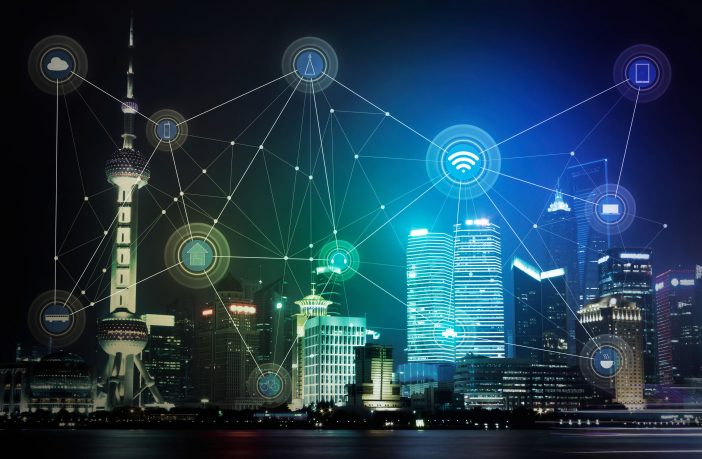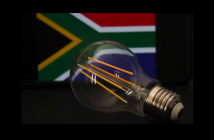Cities across the globe are undergoing makeovers – swapping out old, antiquated technology for new, sleek alternatives. The development and implementation of computer vision and real-time analytics are ushering in the newest wave of smart cities. The combination of cloud-based dashboards and machine learning are providing actionable data to be collected and understood regarding everything from vehicle concentration to pedestrian activity. As cities continue to push forward and develop socially and technologically, there is no doubt we will continue to see cities incorporate tools like Artificial Intelligence (AI) to facilitate such changes. Despite the fact that eye-popping technologies like drones and robots are at the forefront of this technological revolution, there are also a number of unexpected ways cities are becoming smarter.
Evaluating Pedestrian Activity
Perhaps the most unexpected way cities are becoming smarter is by learning the activity of pedestrians strolling the city streets. From the city planners to the retailers, everyone needs to have an understanding of where pedestrians are moving and why. The introduction of AI-supported heat maps gives real-time insights into just that. Users are able to learn where pedestrians are, why they’re there, and for how long. This is especially pertinent to understand how to change the layout of a city as it continues to grow and develop. And, for peace of mind, it’s important to point out that pedestrian data is only tracked for analytical analysis, not to keep a record of personal information.
Additionally, business owners are especially keen on this information, as it helps them understand how many people to expect at a given time, and how to staff storefronts accordingly.
The advanced analytics provide a deeper understanding of pedestrian habits by analyzing path tracking and dwell times. Such information allows for cities to benchmark pedestrian activity to optimize city planning and operations. While learning the flow of pedestrian activity is often overlooked, it actually represents a critical component to the development of smart cities.
Tracking Vehicles and Bikes
Honing into the flow of traffic can offer a lot of valuable information about a city. Seemingly one thing was true in terms of traffic: nobody likes it. However, leveraging technology to look beneath the surface, we are able to understand far more than the minor annoyance it represents.
The use of weatherized sensors equipped with wireless data transmission allows for the gathering of data without the need for any additional infrastructure. Now, smart cities have the ability to gather trend data to understand precisely how neighborhoods are emerging. Not only is this data useful to those planning city layouts, but retailers find this data incredibly helpful in deciding where to plant a storefront and set hours of operation.
Specialized AI-supported video sensors can track vehicle and bicycle traffic, delivering extractable metrics. Gauging the flow of traffic through advanced analytics highlight exactly how long vehicles pause in a location. The extracted video insights allow for the development of smart city applications, rooted in AI and machine learning.
Collecting Traffic Light Data
One of the best, yet most unexpected ways, cities are becoming smarter is by collecting traffic data to quantify traffic calming efforts, improving both safety and walkability. As cities look to get smarter, it is critical that cities become more accessible than ever with a premium placed on improving the safety of vehicular passengers and pedestrians. At the end of the day, major trends and developments are made for the betterment of the city and to improve the safety of its inhabitants.
Using AI to extract real-time traffic data provides tangible insights into something that was seen as more conceptual. This information is being used to promote calming efforts to keep everyone on foot or traveling by vehicle safer.
For the first time in history, the United States has had at least 40,000 roadway deaths in three consecutive years. Coupled with 2018 representing a 28-year high in pedestrian deaths, which claimed nearly 7,000 more lives, the evidence clearly shows driving remains one of the most dangerous modes of transportation. The need for safer streets cannot be overstated. By tapping into data collected by AI-powered traffic lights, we are able to pinpoint exactly where and why traffic problems arise, and can rely on the data to help solve this problem as our cities get smarter.
Urban Air Mobility and autonomous cars are two of the emerging transportation options that have resulted from such data. The combination of Urban Air Mobility and self-driving cars are changing the way pedestrians travel, reducing congestion, and keeping the streets safer.
Pulling traditional metrics is, frankly, no longer beneficial. As cities look to get smarter, it is especially important that they leverage technology that can adapt to the city. With AI-powered technologies extracting pedestrian, traffic, and bicycle metrics, cities are far better equipped to serve their inhabitants. While the notion of a smart city may conjure images of drones flying overhead, the smartest cities are the ones extracting data where it most significantly benefits the people – in the streets.
Author: Paul McAlpine
This article was first published in Arch Daily and is republished with permission.














